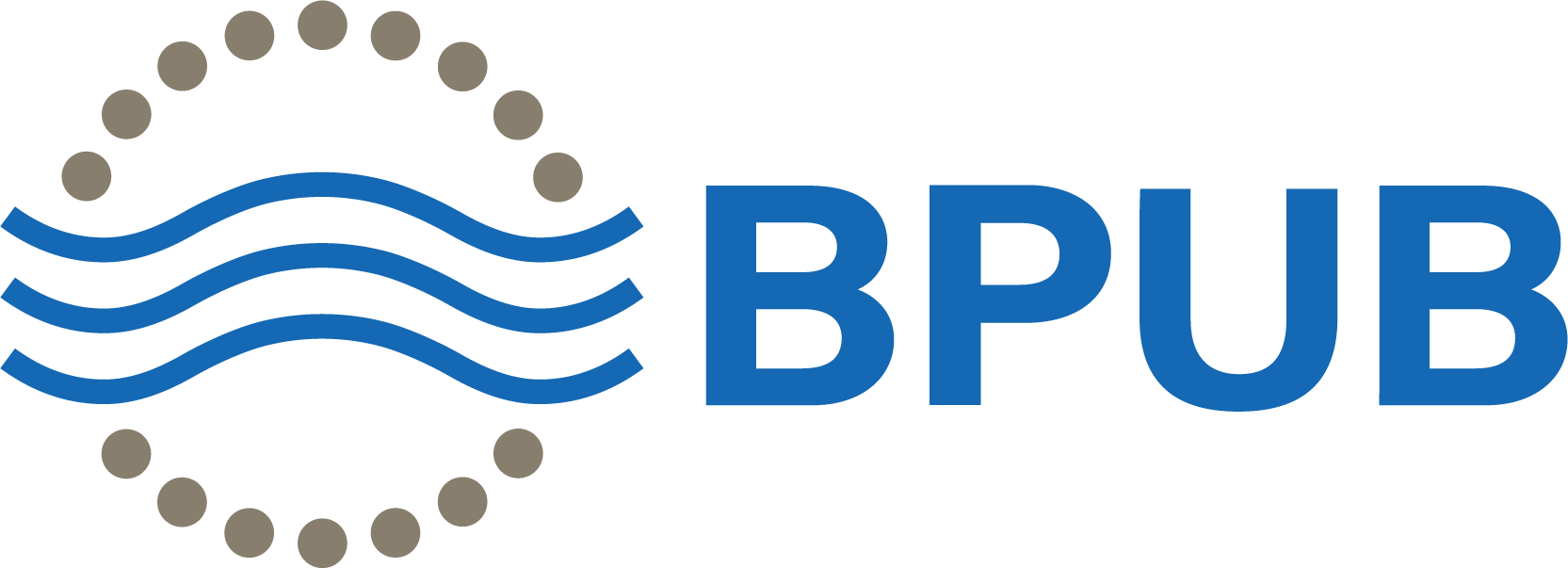Understanding lift stations
All of us use the wastewater collection system every day. We use it when we flush the toilet, when we take a shower and allow the water to go down the drain. It’s something that we use without really thinking about it. So what happens after you flush? How does that material make it to the wastewater treatment plant? While many people may not know what they are, lift stations, as their name would indicate, do a lot of the heavy lifting.
Did you know there are lift stations scattered throughout the city? There are, 174 of them to be exact. The function of lift stations is ensuring wastewater makes it to the wastewater treatment plant. We utilize the power of gravity to get this material where we need it to go, but because of how flat our terrain is, wastewater needs a little bit of help along the way. That’s where lift stations come in. They literally lift the wastewater higher so that it can once again be in a position to rely on gravity to move it along.
This delivery system is very effective, but what goes into that system can cause all sorts of problems. Among the biggest offenders are fats, oils and grease (also known as FOG) and wipes. These things don’t belong in our sewage system. Residents needs to throw those items in the trash, not the toilet or drain.
FOG might go down your drain easily, but after it cools, it congeals and can become as hard as concrete. That’s a big problem when it coats pipes, eventually causing blockages. FOG also coats the float inside a lift station that regulates the water level, weighing it down and causing the system to malfunction. Wipes collect together and form large mop-heads that block our pipes or clog our pumps. This affects you, the customer, as well. All of this can cause sanitary sewer overflows, which can have an impact on your service or your home. That’s something that you and your neighbor don’t want to see. A malfunctioning lift station could also result in a service interruption for people in that area.
To relieve these lift station issues, BPUB use a vacuum truck to suction out all of the FOG and wipes that gather at our lift stations. To prevent that from happening, make sure that you always dispose of FOG and wipes in the trash. Never put them in your sink’s drain or flush them down the toilet. Let’s all do our help to keep the city’s wastewater system running as it should.
Maintaining proper function of lift stations is critical for any business. Interruptions in sewage service can cost businesses money because of down time. That’s not to mention the taxpayer money that must be used to make those repairs. One important way that businesses can contribute to keeping lift stations operational is to invest in a good grease trap or grease interceptor. The grease trap helps prevent FOG from ever reaching a lift station. Proper maintenance and cleaning is necessary for the grease trap to be effective. Those grease traps are inspected by BPUB’s Pretreatment Department to ensure they are clean. If you have any questions about the grease trap at your business or to schedule an inspection, contact the Pretreatment Department.

